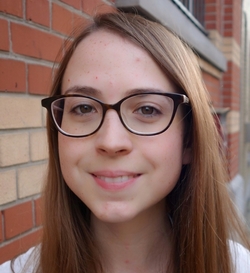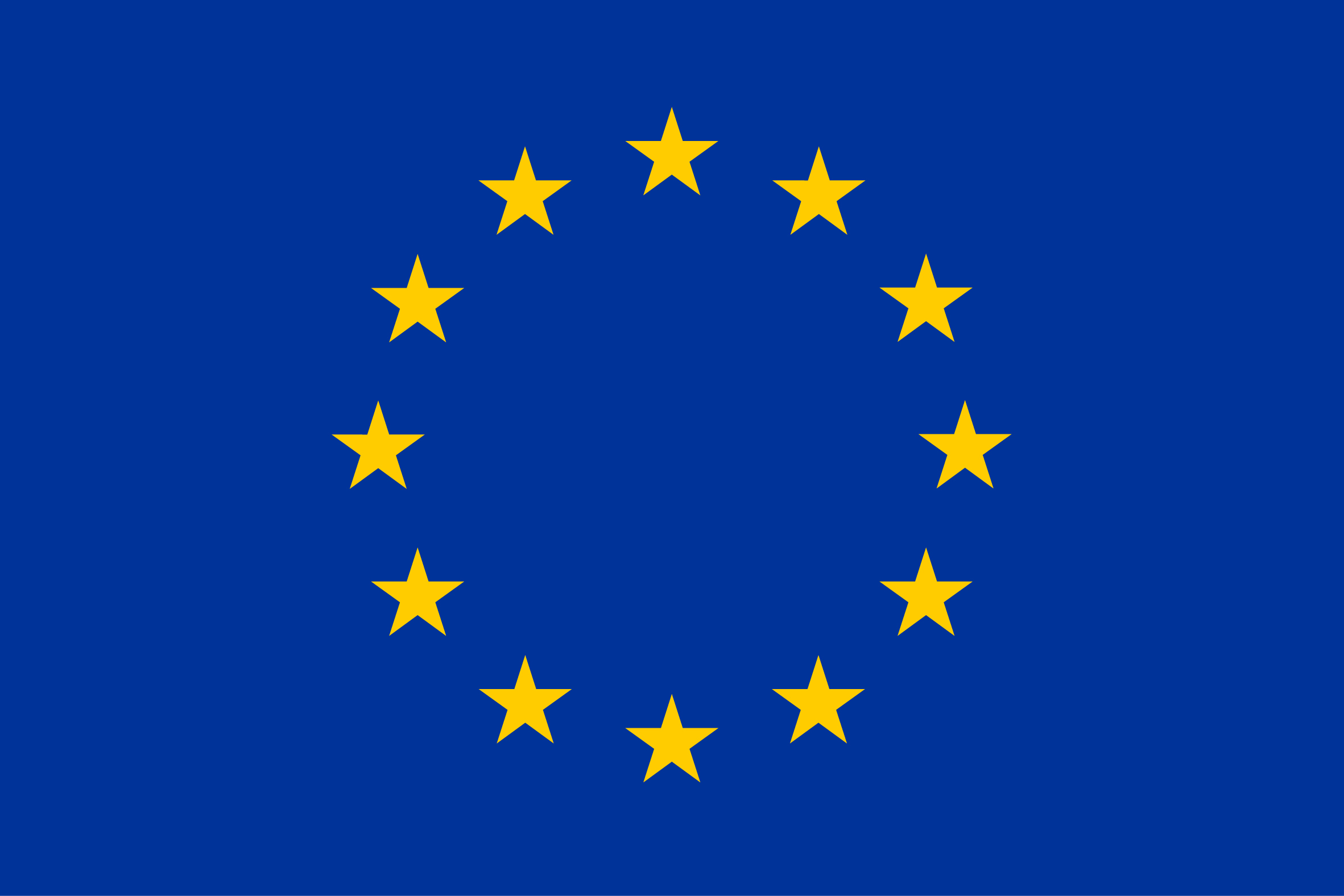In the same section
-
Share this page
MSCA research project "Freq4Num"
The neural signature of numerosity: Tracking the cerebral correlates of numerical and continuous magnitude extraction with a frequency-based approach

Faculty of Psychology and Education & ULB Neuroscience Institute
Mathematics is a very common source of learning issues in children. The ability to approximate large quantities has been identified as one of the possible bases of mathematical skill, although the specific mechanism by which numerical quantities (i.e. numerosity) are extracted from one's visual environment are still debated. Most authors agree that humans have a cognitive system for numerical approximation, which is dedicated specifically to processing numerosity. According to an alternative theory, numerosity is extracted by weighing the continuous properties of objects (e.g. size).
The Freq4Num project aims to distinguish between cerebral reactions that are specific to numerosity, and those that relate to these continuous properties. Working with teams headed respectively by Alain Content (research centre on cognition and neurosciences – CRCN, Faculty of Psychology and Education & ULB Neuroscience Institute) and Xavier de Tiège (functional brain mapping laboratory – LCFC, Faculty of Medicine & ULB Neuroscience Institute), Amandine Van Rinsveld will use an innovative approach based on neural synchronization on stimulation frequency. Used in tandem with other electroencephalography techniques, this approach will enable the researcher to measure neuronal correlates that are specific to numerosity and continuous properties, as well as their potential interactions.
End of the project: 28/02/2020
 This project has received funding from the European Union’s Horizon 2020 research and innovation programme under the Marie Skłodowska-Curie grant agreement No 799171
This project has received funding from the European Union’s Horizon 2020 research and innovation programme under the Marie Skłodowska-Curie grant agreement No 799171